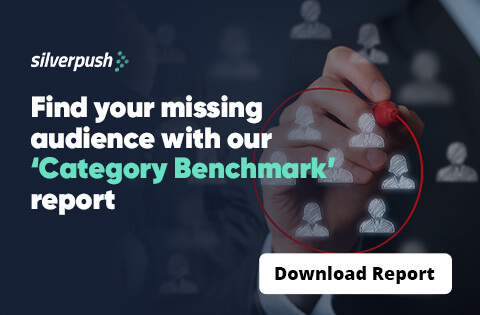The Power of Multicultural Advertising: Reaching Diverse Audiences
PUBLISH DATE: 24 May 2023
USA minority groups buying power is expected to rise from 4.2 trillion in 2020 to 7 trillion by 2025. With this significant growth, brands cannot afford to overlook the importance of targeting multicultural communities in their advertising strategies.
In this blog, we will explore why brands should focus on diversity, how they can effectively reach multicultural communities, and the benefits of doing so.
Why is Multicultural Advertising Important?
Brands aspire to capture the hearts of millions and establish a lasting brand recall as their primary objective. Yet they miss out on a larger portion of the audience.
Multiculturalism has played a significant role in this endeavor, showcasing its positive impact on our daily lives. This can be observed through the fusion of diverse cultures in ethnic enclaves found in metropolitan areas and the availability of various ethnic cuisines in supermarkets. One of the driving forces behind the market expansion in the past decade has been the multicultural consumer market, currently valued at over $5 trillion.
The corporate expansion serves as a pivotal factor in this growth, benefiting all brands. As markets expand, more consumers enter the fray, leading to increased consumption and fostering innovation by introducing new products. This, in turn, promotes higher usage and the potential for premium pricing. When executed effectively, this generates greater revenue and income, consequently enhancing purchasing power.
A renowned brand from the FMCG industry had a boost in sales in North America. Interestingly, a larger portion of their sales was accounted for by diverse communities of the region.
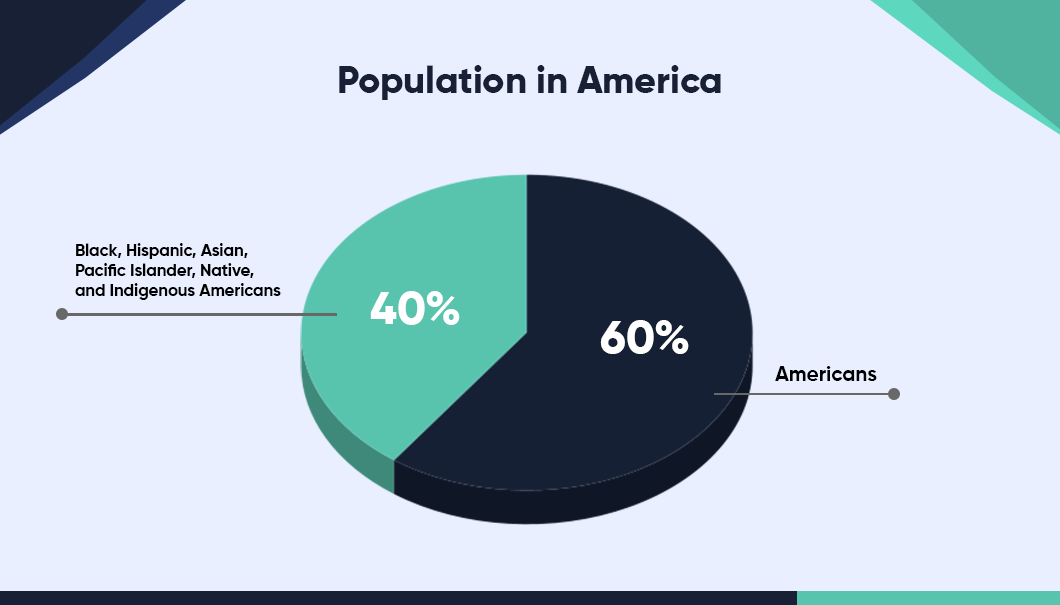
What is Multicultural Advertising?
Immigration encompasses more than mere physical mobility; it represents the dynamic exchange and interplay of diverse cultures. Each individual carries the bedrock of their identity, fostering the emergence of vibrant and multicultural communities.
Expanding Horizons: Beyond the LGBTQ+ Community
While many advertisers focus solely on the LGBTQ+ community when it comes to multicultural advertising, it’s essential to remember that diversity encompasses various ethnic groups. In the United States, Black, Hispanic, Asian, Pacific Islander, Native, and Indigenous Americans makeup 40% of the population. It is crucial for brands to recognize and target the entire multicultural communities to maximize their reach and impact.
How can Brands Reach Multicultural Communities?
The advertising arena is under evolution. The phase-out of third-party cookies has inclined advertisers towards contextual advertising. Since cross-culture targeting poses a set of challenges that are hard to overcome with conventional targeting methods, contextual targeting methods can be beneficial.
Some of the challenges are:
1. Cultural Sensitivity: Multicultural communities are sensitive towards their presence. Brands must understand their diverse cultural nuances and sensitivities. They must ensure that their message resonates with the viewer.
2. Language Barrier: Brands need to ensure that their message is tailored well according to the specific group they are targeting. Understanding the intricacies of each culture is crucial for creating effective campaigns that resonate with the target audience.
3. Limited Reach and Targeting: Traditional advertising channels often need to be improved when it comes to reaching specific multicultural audiences. Targeting these communities through one or more channels can be complex as they may cause hindrances in targeting methods.
To overcome these challenges, advertisers can leverage Silverpush’s advanced AI technology, Mirrors. This offers enhanced brand safety and suitability, allowing advertisers to reach their desired audience contextually and through different platforms.
YouTube
To begin with, the best way to reach the audience is through video advertising. Did you know, 82% of the global content consumption is from videos. With contextual video advertising, brands can easily tap into the audience as the AI offers the first context detection based on the identification of key context like brands name from metadata for granular targeting.
Open Web
Conventional targeting created voids that further created challenges for brands to reach their desired audience. But by analyzing the page’s content in real-time and combining relevant information, it provides personalized advertising, filling the gaps.
Meta
Sentiment analysis and NLP tools search countless Facebook pages to find the most contextually appropriate video material. Mirrors target high-performing sites by correlating context relevance with engagement metrics (likes, shares, comments, and subscriptions).
Brands can effectively reach their audience while respecting their privacy by utilizing contextual advertising, which capitalizes on the reader’s existing interests and aligns ads with the content they consume. This contrasts with behavioral targeting methods that can leave users feeling monitored and followed.
Conclusion
According to a survey, 64% of consumers agreed that they engaged with a brand after seeing an ad that they considered diverse or inclusive.
Multicultural communities have long-awaited recognition and representation, and they can be found across the globe. One prominent example is the city of New York in the United States. Known as a melting pot of various cultures, people from all over the world call New York home. Its remarkable diversity is one of its greatest strengths and contributes to its status as a leader in creativity and innovation. Similarly, Toronto in Canada and London in Europe are home to diverse communities.
When it comes to advertising, it is crucial to recognize that multicultural communities should not be targeted as a one-time or occasional effort. Instead, brands should strive to engage with these communities consistently throughout the year. These diverse communities represent the future audience, and establishing a meaningful connection with them is essential to staying ahead of the curve in an increasingly diverse world.
By understanding and embracing the multicultural nature of society, brands can tap into new markets, foster inclusivity, and build lasting relationships with diverse audiences.
Discover How to Capture Hearts With Pride Advertising
PUBLISH DATE: 15 May 2023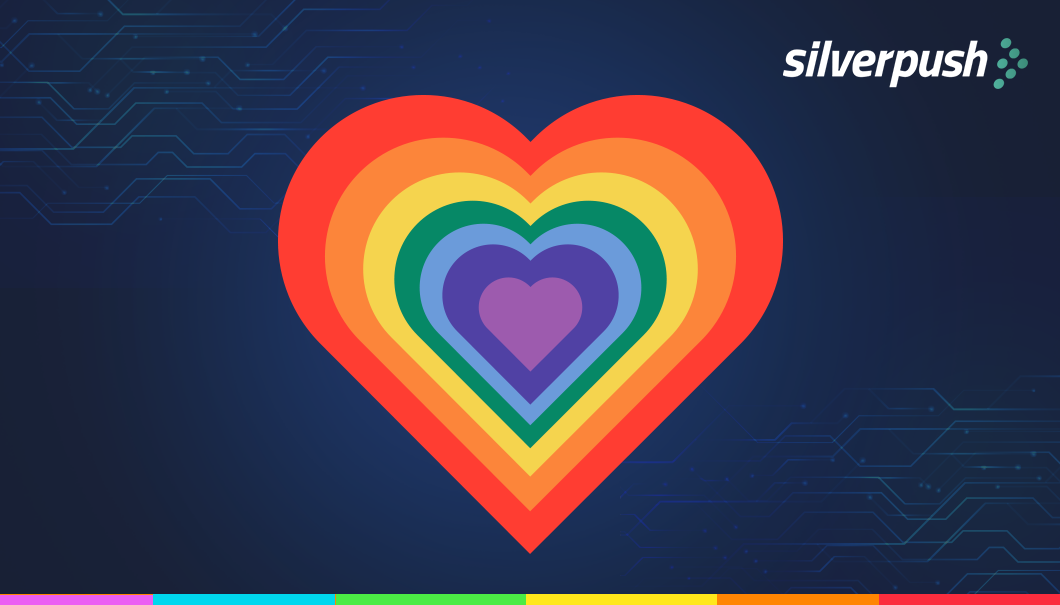
Pride month is in full swing, with the month of June on its way. The LGBTQ community globally accounts for 4.6 trillion US dollars. The community has been in the news globally, as many countries recognize them and are helping them live free lives.
Pride Month is celebrated in honor of individuals who were involved in the Stonewall Riots of 1969. With the glitter and rainbow flags, people join the festivities. whereas, by changing colors, sharing Pride Month trivia, and social media posts advertisers tap into every opportunity for Pride Month advertising.
How Brands Leveraged Pride Month Before?
Pride advertising is another example of moment advertising which brings huge reach for brands and a chance to make a long-lasting impression. Burger King and Honey Maid are the two brands that made the most out of the Pride Month advertising in 2014.
1. Proud Whopper
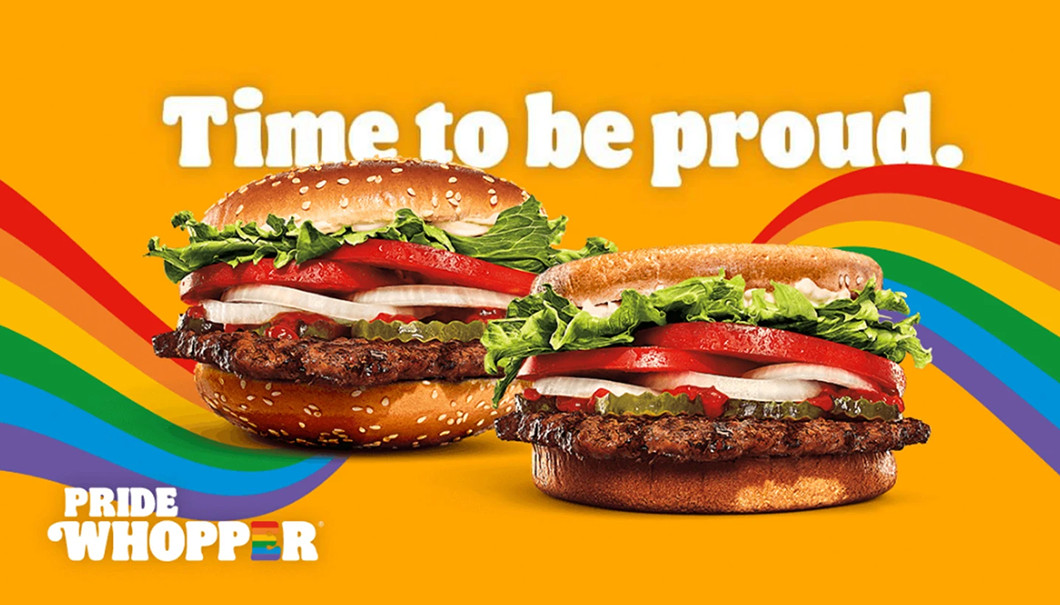
In 2014, Burger King ran the ” Be Your Own Way” campaign under which it launched “Proud Whopper”. It was a spin on its “Have It Your Way” brand positioning.
During the pride parade, it launched its Whooper burger, which came in rainbow-colored wrappers. What intrigued the audience with this burger was the strong message that resonated with them. It said, “We are all the same inside”.
The campaign stood out as it received 7 million views across all social media channels. There were more than 5.3 million views on the YouTube video alone. 20% of Americans saw the Proud Whopper advertisement, and young millennials over-indexed by 4.8X.
2. This is Wholesome
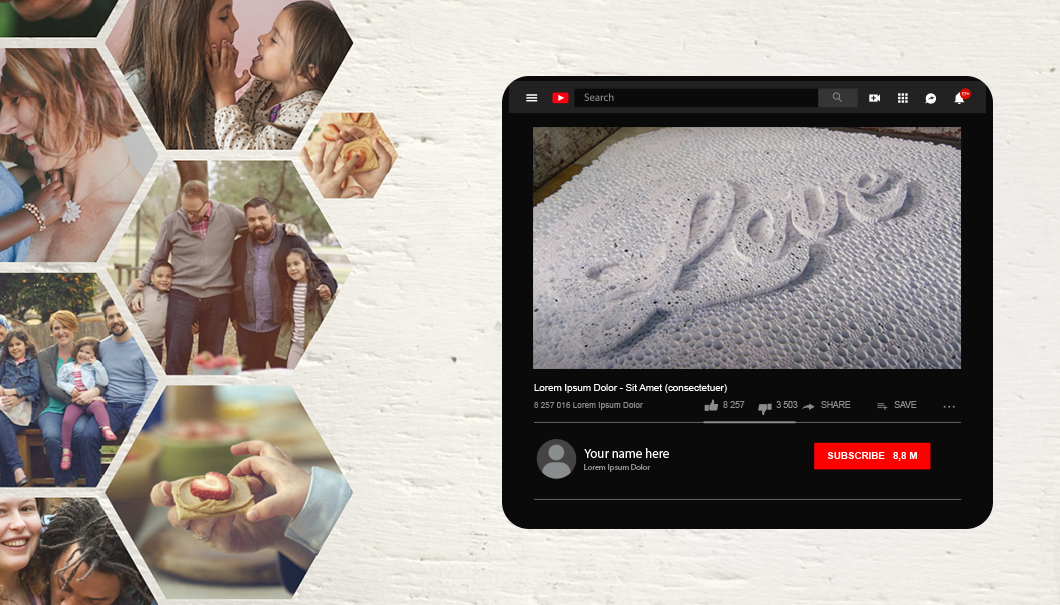
Honey Maid recognized a chance to engage with its consumers while highlighting its long history and commitment to inclusivity by honoring the variety of the contemporary family.
Over 8 million people had seen the 30-second ad on YouTube. According to YouTube statistics, Honey Maid was able to determine that 97% of the ad’s video views came from those aged 25 to 54 using age and gender targeting. Women help the majority in viewership as they account for 98% of the total.
However, there was an obstacle that arose during the campaign. The message of the campaign did not resonate with everyone which led to negative tweets and comments.
Honey Maid saw it as an opportunity to tap into the audience’s mind and capitalize on it. They created a clever response to the negativity. They made a video ad, where two artists utilized printouts of all the critical comments to form the word “LOVE”.
It was straightforward and effective, giving Honey Maid another opportunity to demonstrate its dedication to the causes of diversity and equality as well as its support for the LGBTQ community.
More than 4 million people viewed “Love.” According to YouTube data, the first 90 days of views were equally split between males and women, and over a quarter of viewers were millennials under the age of 24.
What are the Key Takeaways?
Both campaigns significantly benefited the brand by building strong brand awareness. But another key takeaway that advertisers had was the importance of a message to resonate with the audience. Engaging the audience emotionally is a simple yet strong way to make a place in people’s hearts.
How to Make the Most from Pride Advertising In 2024?
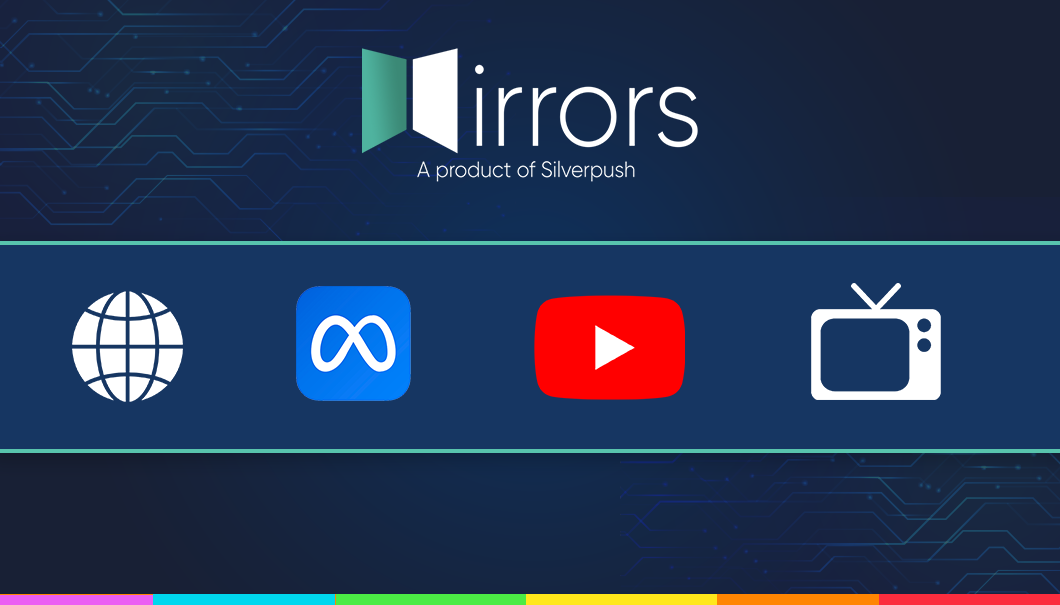
The advertising landscape has transformed a lot. A privacy-focused future has made Apple and Firefox take the revolutionary step by banning the use of third-party cookies whereas Google is planning a strategic phase-out while working on alternatives.
So, how can brands make the most during the pride month?
Contextual Advertising is one of the ways to capitalize on the opportunity. Mirrors is a revolutionary AI-powered technology offered by Silverpush that ensures advanced brand safety.
The high-powered AI technology ensures that the message reaches the right audience at the right time. Mirrors identify key contexts of the blog by analysing content and classify into segments.
This year, advertisers can make the most of Pride Month by relying on omnichannel contextual advertising as Mirrors can function across multiple channels.
1. YouTube
Video ads are widely acceptable, and they accounted for 82% of global internet traffic in 2022. The context detectors help Mirrors find the relevant ads. This increases the possibility of users engaging with the brands as they are relevant to the user when they are highly intrigued.
2. Open Web
Based on the content of the webpage consumed by the target audience, AI-based technology can place relevant ads.
3. Meta
Mirrors carefully chooses and analyzes brand-safe Facebook pages to extract contextual signals that enable the distribution of real-time, in-the-moment advertising with remarkable performance. This is done with the help of Artificial Intelligence (AI), Machine Learning (ML), and Natural Language Processing (NLP) models.
4. CTV
Pride ads are displayed in appropriate surroundings using semantic analysis, content analysis, and customized ad segments to prevent inappropriate placement depending on user emotions and behavior. Facebook is the best place for people with varied interests.
Conclusion
Advertising for Pride is more than simply recognizing and appreciating the LGBTQ community. It is the opportunity for brands to communicate their truth and take a position. According to a study, 45% of consumers under 34 years old say they’re more likely to do repeat business with an LGBTQ-friendly company. It is time for brands to take this opportunity to attract their desired audience contextually.




